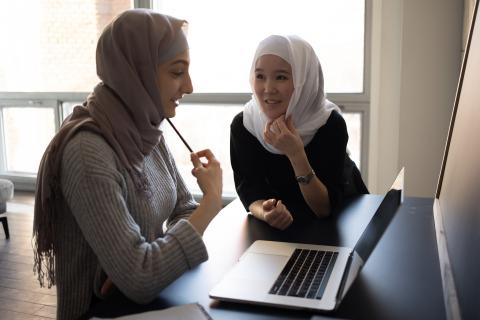The Evolution of High School Senior Literature
Jul 29,2024
In recent years, the landscape of assigned literature for seniors in high schools has undergone significant transformations. Traditionally, English curricula often centered around classic works of literature that were deemed essential for cultural literacy and critical thinking. However, evolving educational philosophies, cultural shifts, and advancements in literary scholarship have influenced the changes we see today.
Diversity and Representation
One of the most notable changes in assigned literature for high school seniors is the emphasis on diversity and representation. Educators are increasingly selecting texts that reflect a broader range of perspectives, experiences, and voices. This shift aims to provide students with a more inclusive and representative view of the world, fostering empathy and understanding across diverse communities.
Contemporary Relevance
Another trend is the inclusion of more contemporary literature alongside traditional classics. While timeless works by Shakespeare, Dickens, and Austen still hold educational value, educators are also integrating modern novels, memoirs, and essays that resonate with today's youth. These texts often tackle current social issues, identity exploration, and global themes relevant to students' lives.
Multimodal Texts
Incorporating multimodal texts, including graphic novels, podcasts, films, and digital storytelling, has become increasingly common. These formats not only engage students with varying learning styles but also encourage critical analysis across different media platforms. By exploring literature through diverse mediums, students can deepen their understanding and interpretation skills.
Cultural and Global Perspectives
High school seniors now have the opportunity to explore literature from a global perspective. Assigned texts may include works translated from various languages or written by authors from different countries and cultural backgrounds. This exposure helps students appreciate the interconnectedness of global narratives and challenges them to consider diverse worldviews.
Interdisciplinary Connections
Literature assignments often connect with other disciplines such as history, sociology, and psychology. Teachers may select texts that complement the curriculum in these subjects, providing students with a holistic understanding of societal issues and historical contexts. This interdisciplinary approach encourages critical thinking and promotes deeper analytical skills.
Digital Resources and Accessibility
Advancements in technology have also influenced the accessibility and delivery of assigned literature. Digital platforms, e-books, audiobooks, and online resources make literary texts more accessible to students with varying learning needs and preferences. Teachers can leverage these tools to enhance engagement and facilitate deeper exploration of literary themes and concepts.
Student Choice and Personalization
Some educational programs incorporate student choice into the curriculum, allowing seniors to select literature that aligns with their interests or cultural backgrounds. This personalized approach empowers students to take ownership of their learning experiences and fosters a deeper connection with the material.
In conclusion, the evolution of assigned literature for seniors in high school reflects broader shifts in educational priorities towards diversity, relevance, multimodality, global perspectives, interdisciplinary connections, and digital accessibility. These changes aim to equip students with the critical thinking skills, cultural awareness, and empathy needed to navigate an increasingly complex world.






